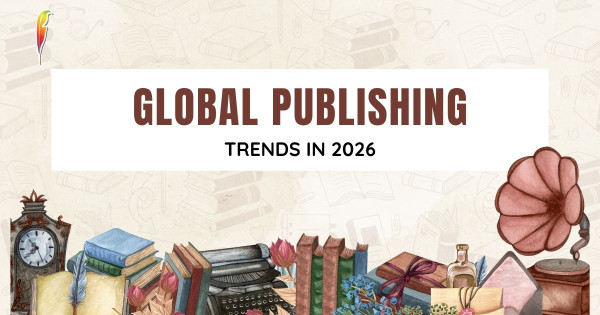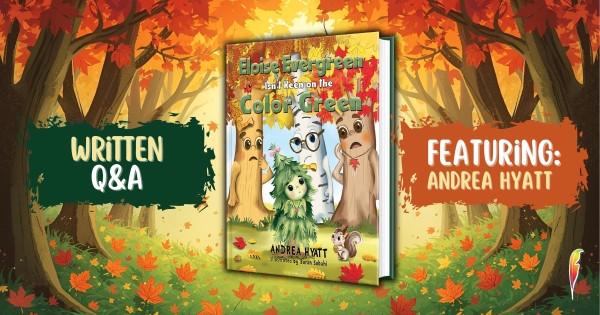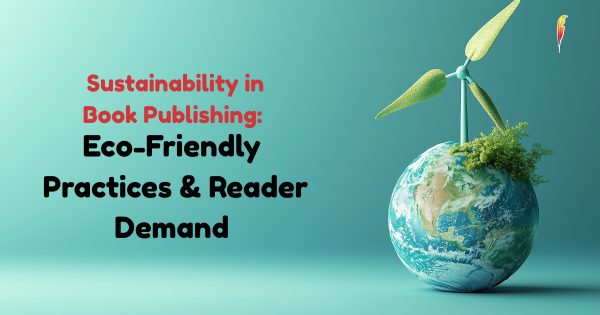
Memoirs and Life Stories: Global Publishing Trends in 2026
Introduction: The Growing Popularity of Memoirs and Life Stories
Memoirs and life stories are having a moment. People want more than things that are happening; they want to watch someone's life deeply, feel the toughest parts, the winnings and victories that change everything.
Social Media makes it a big scene . Instagram, Twitter, anyone can put their stories in a fraction of seconds. The readers love to watch it because just being real. These platforms make people never think about writing a book and reach readers.
Publishers got these. They see what’s going on around. People want these stories doesn’t matter if it’s a celebrity or just a regular person doing something incredible. The common thread? Emotion, and some kind of moments that connect us all. Memoirs are not just a trend, they're changing things in publishing all upcoming 2026 and beyond.
Key Factors Driving Memoir Popularity Worldwide
Memoirs are everywhere right now. People want something real stories that connect, that let them experience life through someone else’s eyes. There is something about someone’s real story , you feel heartbreaks and sometimes find peace in their story.
Key Factors:
- Desire for Authenticity
- Emotional Engagement
- Cultural Shifts.
- Digital Accessibility
- Social Media Influence
That’s the magic. Memoirs are emotional, they matter, and with everything just a click away online, everyone can find and share them. They’ve carved out a spot in publishing, and honestly, it looks like their influence is only going to keep growing as we head toward 2026.
Digital Transformation and Its Impact on Memoir Publishing
Digital changed the rules. E-books, audiobooks, all those platforms suddenly, anyone can read or write a memoir, no matter where they are. You don’t need a big publisher anymore. New writers can find their readers without missing through hoops.
Now authors use different ways to meet readers and talk with them through social media, newsletters etc to build connections. It’s more personal, way more energetic, and you feel it.
Publishers aren’t just watching, they're all in. With the data they track, they know exactly what readers want: the hot topics, the formats, even the best time to release a book. The memoirs are not easier to publish; they’re getting difficult to match the readers. Technology is not making more books. It is changing the whole atmosphere and you feel it in 2026.
Genre Evolution: From Traditional Memoirs to Hybrid Life Stories
Memoirs aren’t just about retelling your past anymore. Now, writers blend in self-help, history, big ideas whatever hits home. The readers want to learn, get inspiration, and may get some mutual advice.
This hybrid way allows authors to bounce back to toughest times and make a difference while researching, expert talks, and also what’s happening in the world. That results in the stories that stick with you long after finishing.
Publishers get it. People want books with real stories and real takeaways, not just memories. These new memoirs do that, keeping the genre fresh and making sure it matters as we dive into the future.
|
Traditional Memoirs |
Hybrid Life Stories |
|
Focus on chronological life events. |
Blend personal narratives with self-help, thematic storytelling, or cultural context. |
|
Emphasize the author’s personal journey. |
Explore broader themes such as resilience, personal growth, or societal impact. |
|
Provide authenticity and insight but limited in scope. |
Maintain emotional resonance while adding multi-dimensional perspectives. |
Key Differentiation:
- Traditional memoirs recount what happened.
- Hybrid life stories show why it matters and what readers can take away.
- Hybrid formats cater to evolving reader expectations and capture wider, diverse audiences.
Regional Insights: Memoir Trends Across Different Markets
Memoir trends really depend on where you look. In North America people like to tell celebrity stories, kind of memoirs that wrap everything. The Readers want to feel the real emotion and stay long in the heart. There’s also this rising hunger for memoirs with real historical or cultural depth, and lots of folks are getting into stories that mix personal journeys with sharp social commentary.
A whole different scene. Readers always have interest towards personal development, business growth and overcoming the hard situations especially when the stories are related to family and tradition. South America makes a different memoirs that stick though the tough times.
All these differences are to prove to the writers and publishers who and what they are talking to. The authors must keep tone to local readers but still to add big themes like emotional connection and honesty that reaches people beyond your own thoughts.
The Role of Social Media and Author Branding
Social media isn’t just a bonus for authors anymore it’s front and center. Instagram, YouTube, all of it gives writers a way to share their lives, connect with readers, and build a community before the book even drops. When authors open up, let people see who they are, suddenly it’s not just about the story. Readers start to care about the person behind the book.
Branding is too difficult . Nowadays having an honest personal brand helps to keep out of the crowd. It's not about building a successful story and it's all about keeping the readers' trust. When the authors really think about the success their memoirs stand and hit hard with the people.
The Social Media pulls readers back that they actually want. The Feedback and analytics shows what’s working and what not, so the publishers can follow the way of memoirs what readers actually want.
Looking to 2026, smart social media use and strong personal branding will only matter more. If you want your story to make an impact, you can’t ignore this stuff.
Challenges in Publishing Memoirs Today
Publishing a memoir? Writers and publishers build all kinds of stories like ethical decisions and they struggle to keep honest and trust with readers. But it’s something about emotion and cultural sensitivity that never gets old. When publishers keep real the readers stick for a long time to the memoir after they are done.
Key Challenges:
- Authenticity and Accuracy
- Legal and Privacy Concerns
- Market Saturation
- Emotional Vulnerability
- Cultural Sensitivity
- Balancing Story and Message
It’s about tackling the tricky stuff legal, personal, all of it without losing the heart of the story. The best memoirs pull that off, and you can bet that in 2026, the writers who do will have fans and critics cheering them on.
Predictions for Memoir and Life Story Publishing in 2026
This genre isn’t slowing down. Memoirs and life stories are only getting bigger. The technology keeps moving. We are watching hybrid memoirs books with strong morals and lessons. The readers want to be inspired by the memoirs.
Digital Publishing is growing through E-books, audiobooks, interactive apps that let writers reach readers anywhere, anytime.
Nowadays readers want memoirs that stick and feel true and real perspectives. Authenticity matters. More writers stand honest, rich cultural stories.
Looking forward to memoirs showing up in audio, video, and virtually soon. All the podcasts and interactive platforms may keep declining. Shortly the readers may stop reading someone's story and step into it.
Wrapping: Embracing Memoirs as a Global Storytelling Force
Memoirs and life stories really have a grip on publishing these days. It’s all about the real experiences of someone that you empathize with their world and that’s the connection to pull you to read.
More Writers are mashing up their own stories, ideas, beyond just telling one person’s story. The memoirs are reaching readers of all sorts. What's more, as technology grows stronger the memoirs are not just papers anymore. Maybe you can listen to them on your phone.
When the writers bring something new the readers stick up with you. So the memoirs are not just personal diaries. They keep connecting people and open up with new ideas.
We use cookies on this site to enhance your user experience and for marketing purposes.
By clicking any link on this page you are giving your consent for us to set cookies



